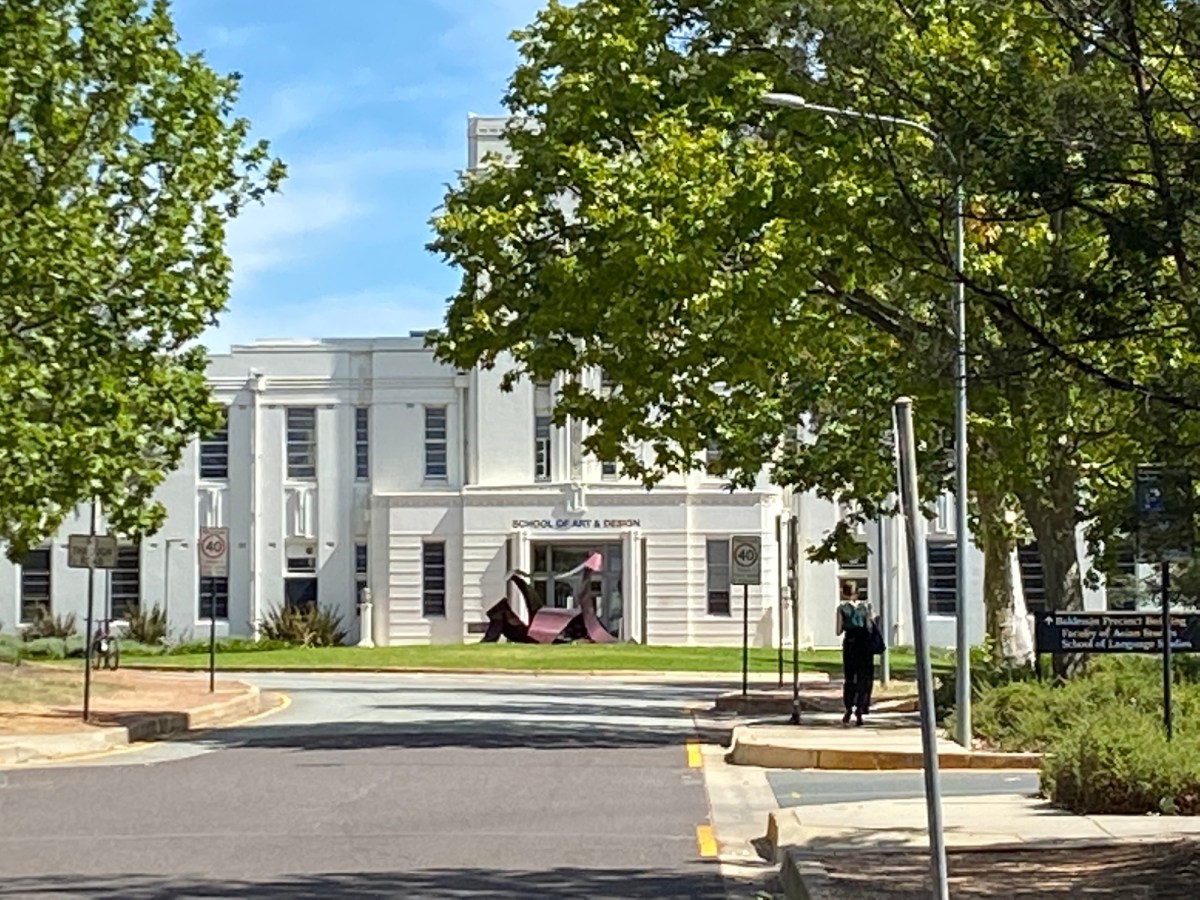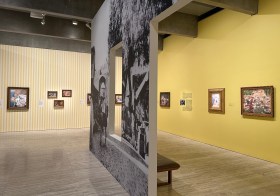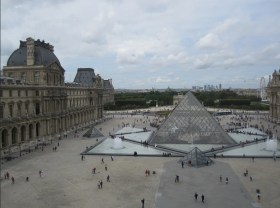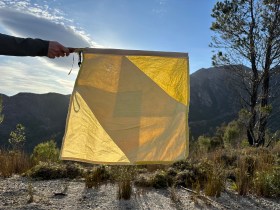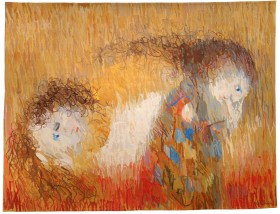The Australian National University (ANU) recently released its Organisational Change Proposal document (3 July), inviting comment for a couple of weeks.
The details have sparked grave concerns from the sector, as the core vision in the university’s drive for operational efficiencies, has been to recommend a merger of the School of Music (SoM), ANU School of Art and Design (SoAD) and the ANU Centre for Heritage and Museum Studies (SoHMS), into a new super School – the School of Creative and Cultural Practice.
